|
The sun is out and temperatures are finally getting warmer. It’s springtime in Denver, which means it’s time for outdoor activities. I’m excited to be able to go hiking without wearing at least three layers. The thing is... we aren’t the only animals excited for warmer weather. What do I mean? Lots of animals enjoy warmer weather and like to take advantage of the sun just like we do, and this includes the Prairie Rattlesnake. Reminder, the Prairie Rattlesnake is the only dangerously venomous snake to live along the Colorado Front Range. So while rattlesnakes can seem scary and dangerous, it’s important to remember that they prefer to not be seen and heard…and only make themselves known when they feel threatened. It may seem like all of a sudden more and more rattlesnakes are being seen everywhere. This is partially true, since Prairie Rattlesnakes are starting to emerge from their winter dens and will be doing so starting now and into the next 4 weeks. They like to hang out on trails and rocks since these surfaces tend to retain more heat compared to other surfaces. Because of this, don’t be alarmed if you see a snake hanging out on a trail. The best thing to do, always, is to leave it alone and allow it to move on. If you need to get around, leave at least four feet between you and the snake and be cautious of other snakes that make be in the area. A Prairie Rattlesnake seen in the road. This will be a common sighting during the day, especially in the next 4 weeks. As it gets hotter, rattlesnake activity will eventually increase during the night time. Prairie Rattlesnake Research with the National Renewable Energy Laboratory (NREL) With summer comes more research opportunities! This summer, we are partnering with NREL to provide high quality snake handling training, similar to what a zoo keeper staff would have, so snakes that are found near buildings and walkways can be handled safely. A rattlesnake being tubed and held by a volunteer. Rattlesnakes are tubed in order to handle them safely without harming the snakes or people. We will also be continuing our research with rattlesnakes on South Table Mountain. We will be locating snakes that currently have radio transmitters on the NREL campus in order to better understand snake survival and movement when they are relocated. We will also be looking for sensitive habitat so that NREL can help manage these locations. Volunteer Craig and Project Lead Bryon spot a rattlesnake for potential capture. Our first date out in the field was April 7th, 2019. We successfully captured and inserted PIT-tags in five snakes that will allow us to determine if snakes found on campus are repeat offenders or the activity is at random. Successful capture of a Prairie Rattlesnake. They are placed in buckets to keep them safe while waiting to be processed for data. A snake is probed to determine whether it is female or male. Jefferson County Open Space (JCOS) Research 2018-2019 We are wrapping up our research with JCOS on South Table Mountain (STM) this summer. Last summer and early fall, we captured rattlesnakes and sent them to VCA Alameda East Veterinary Hospital to surgically implant radio transmitters. This allowed us to track movements and find any winter dens to help preserve and protect those areas. Knowing where rattlesnakes hibernate and prefer to hang out is important information that JCOS can use when planning for potential areas for various park amenities such as parking lots, trail connections and trailheads. We also used these opportunities to educate the public by talking to people we encountered out in the field. This summer we will be recapturing snakes that have transmitters to remove them and after this is done, the snakes will be relocated back to STM. VCA Alameda East Veterinary Hospital is partnering with us to perform the surgeries. Thank you to our volunteers and partners who made this project possible! AND FINALLY: Here are some tips for avoiding any sort of rattlesnake conflict and what to do if you or your pet gets bit. Reduce your risk of human/snake conflict
Prairie Rattlesnake First AID:
If your pet is bitten:
Prairie rattlesnake spotted on a rocky surface. Trails and rocky areas attract snakes since they tend to me warmer surfaces compared to other surfaces. Written by Norma Davenport, Lead Research Associate at Adaptation Environmental Services
1 Comment
|
Rattler TattlerAuthorsAdaptation Environmental Team: Bryon, Joe, and Kelly Categories
All
Archives
July 2023
|
|
Copyright © Adaptation Environmental Services L.L.C. circa 2012
|
Denver, Colorado
|

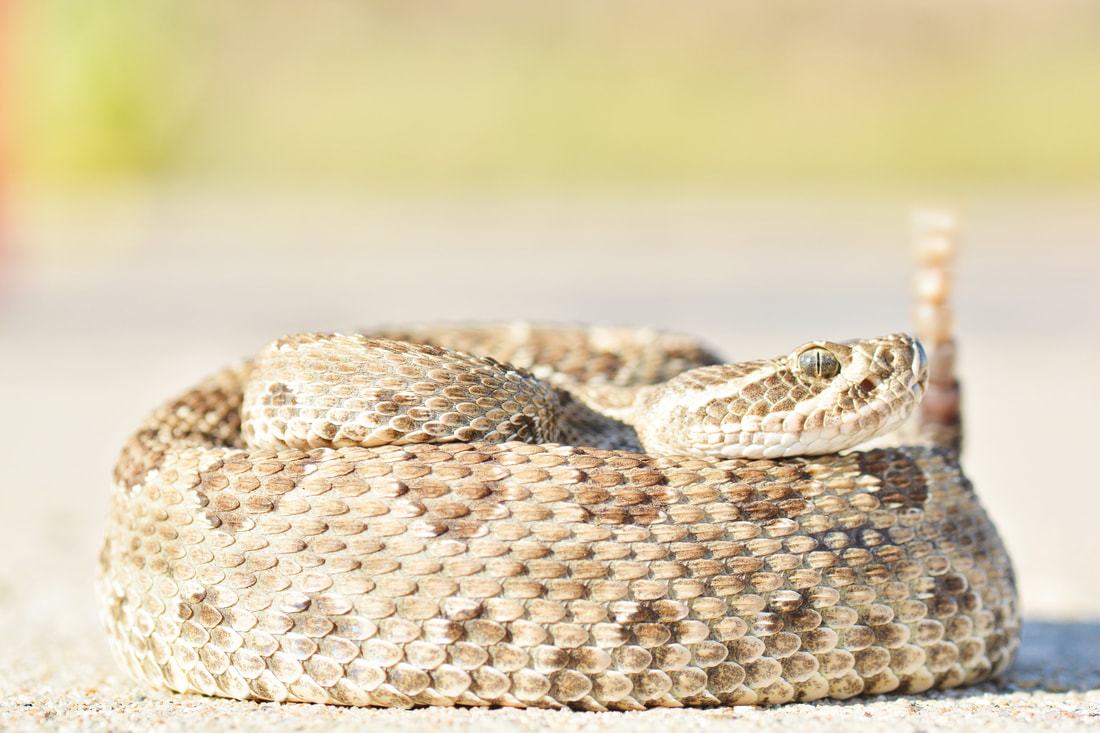
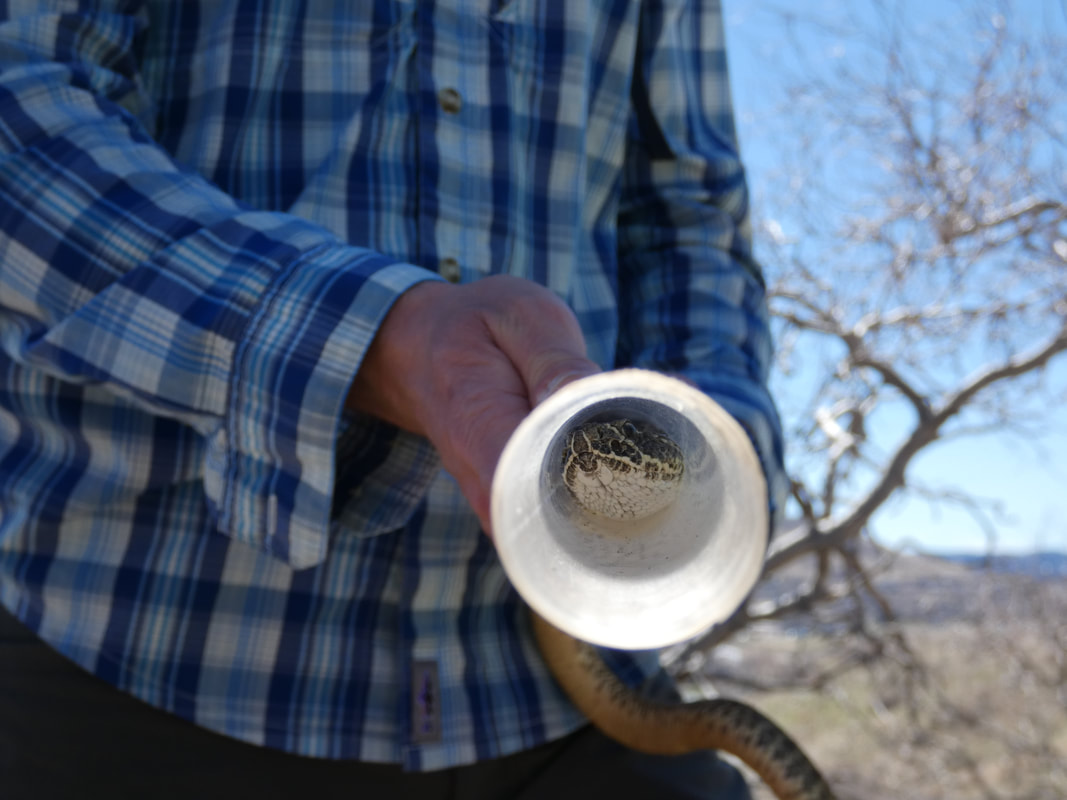
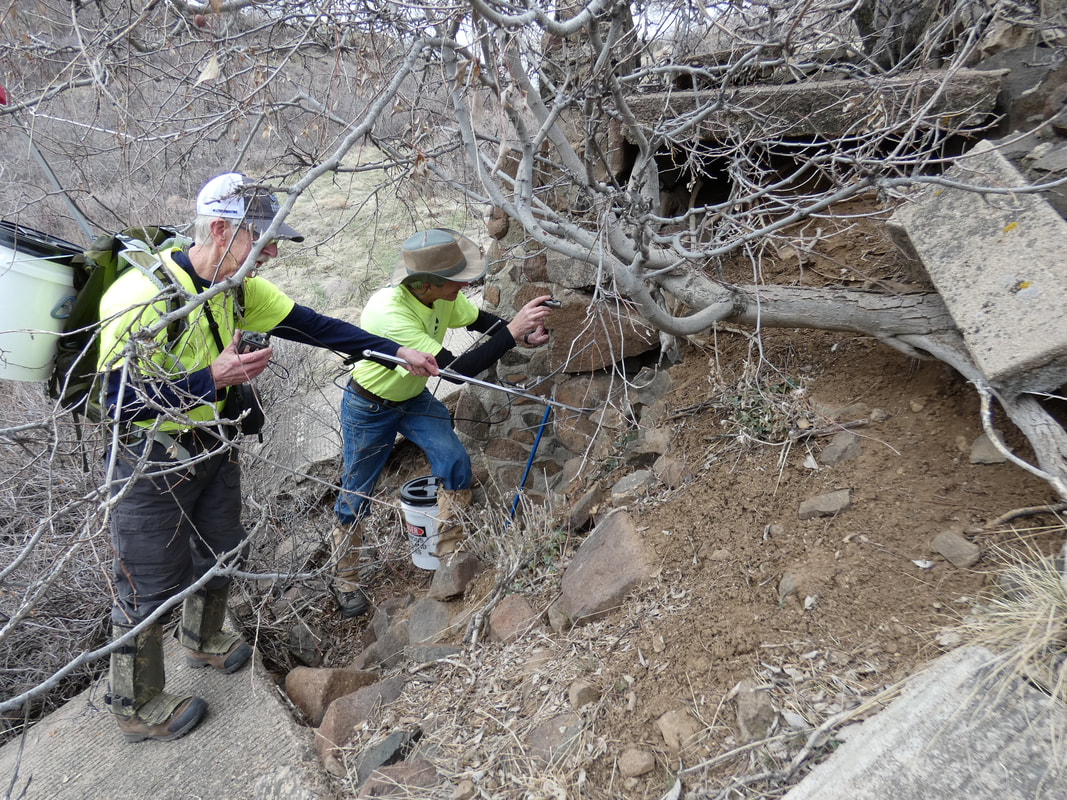
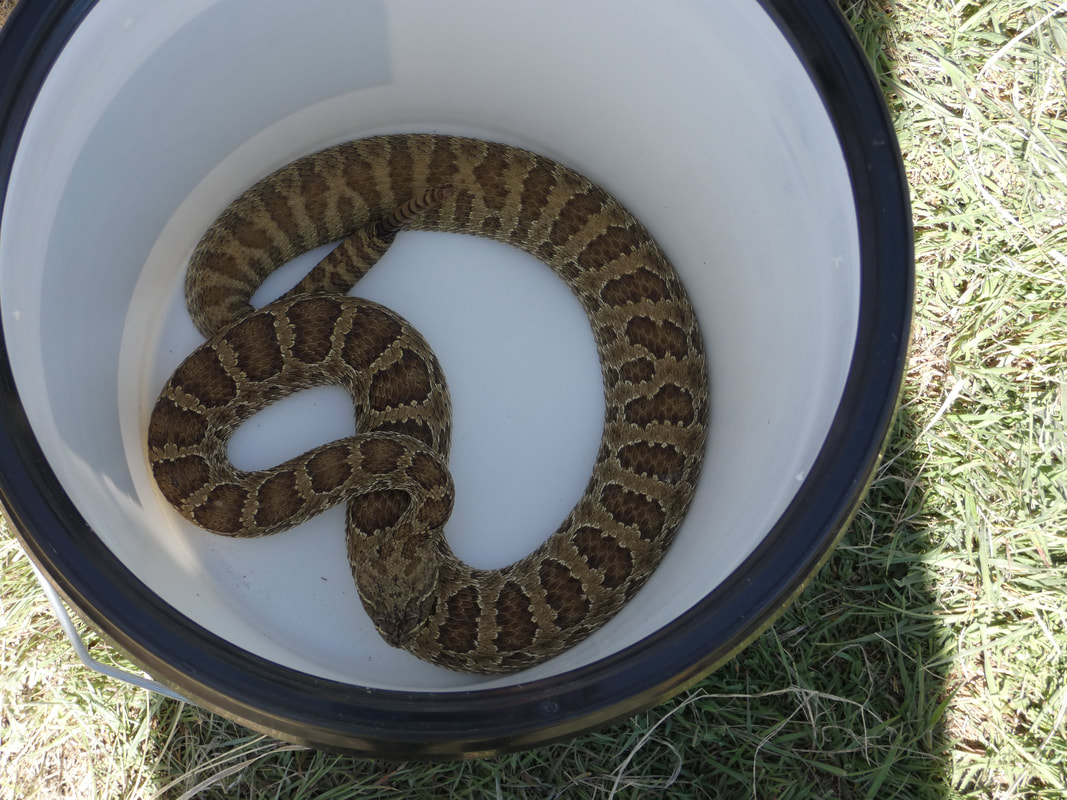
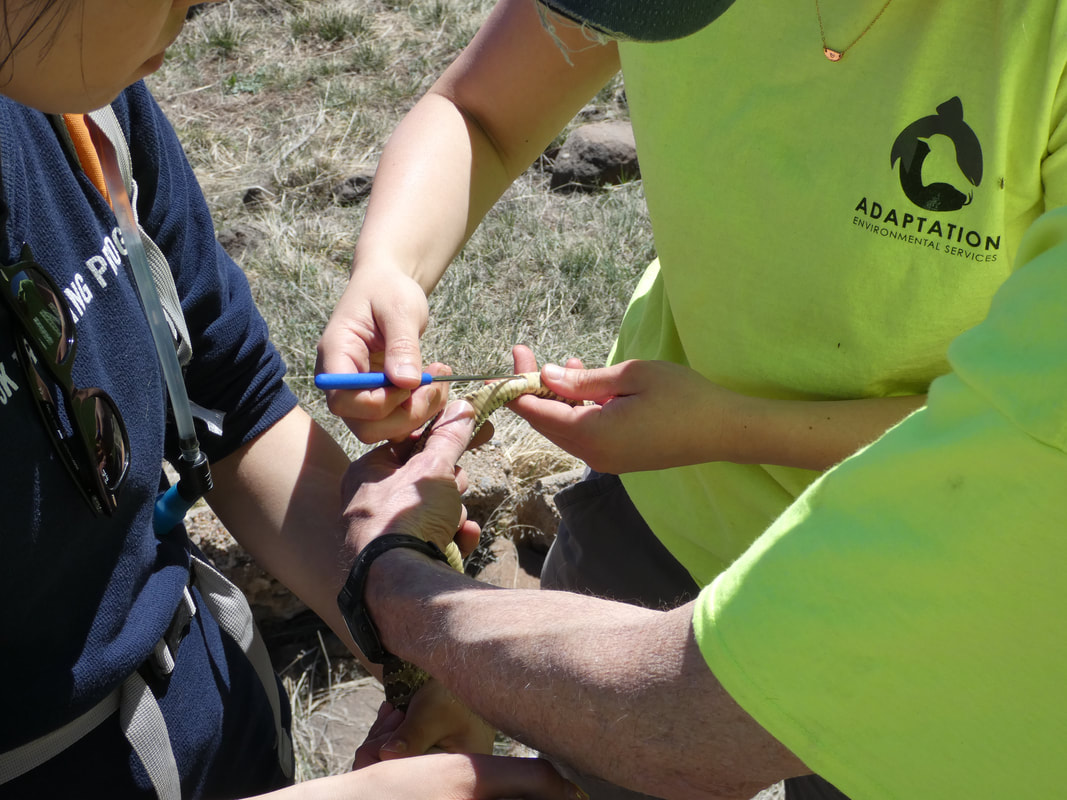
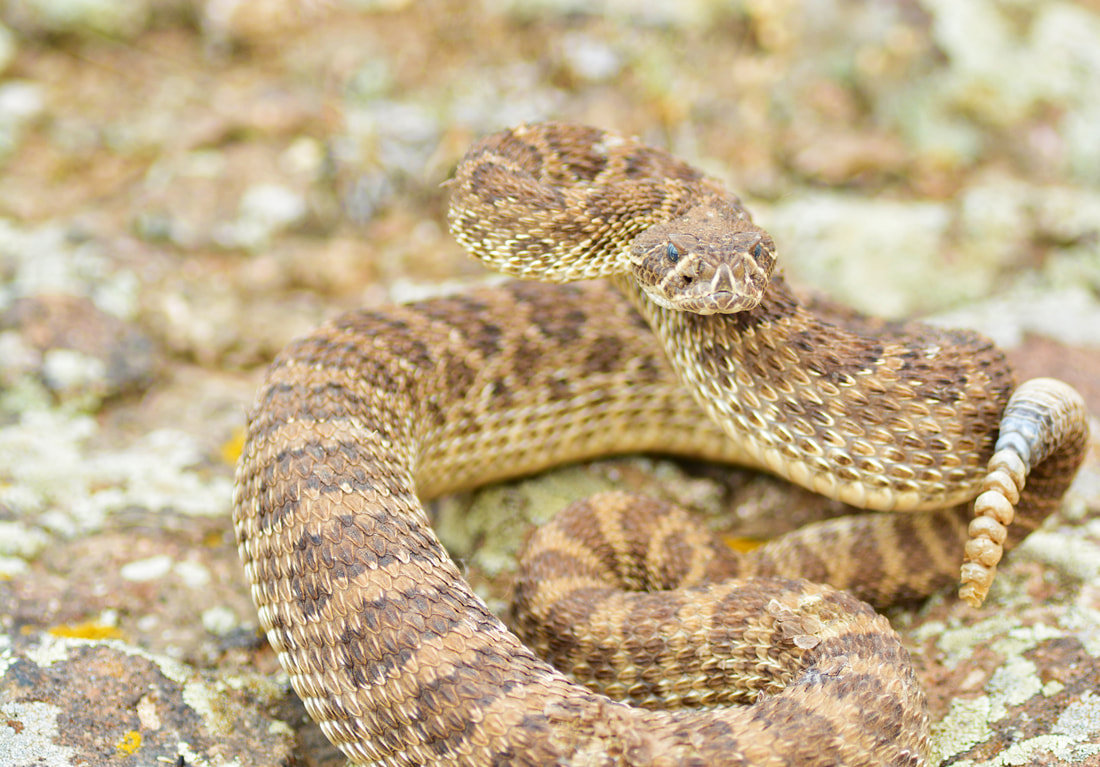
 RSS Feed
RSS Feed